CaptRenault
Well-known member
Discuss.
Last edited:
That would put an end to non-revenue sports and it would end "revenue sports" at most schools because the expenses exceed the revenues and there is no profit in them.Just separate athletics from Universities. Universities can license their name, mascot, etc. and lease sports facilities to a sports franchise.
Way to let your inner asshole out.Way to let your inner oblong out.
...The decision to petition the U.S. Supreme Court seemed disastrous for the NCAA during the oral argument for Alston in March 2021.148 After the NCAA’s attorney, Seth Waxman, lauded the purity of college sports and the virtues of students as amateur athletes, the justices appeared flabbergasted.149 Chief Justice John Roberts wondered how colleges paying portions of multimillion dollar insurance policies for college athletes’ future earnings signaled an amateur sports system. Justice Clarence Thomas questioned how Waxman’s romanticized depiction of college sports comported with coaches earning many millions of dollars a year. Justice Samuel Alito asked if “powerhouse” programs recruit athletes who face “constant pressure to put sports above study” and are often “used up and cast aside.” Justice Amy Coney Barrett expressed frustration with the NCAA’s definition of an amateur, directing Waxman to answer, “Is it someone who is not paid? Are you saying consumers love watching unpaid people playing sports?” The justice who most aggressively challenged the NCAA was Brett Kavanaugh. He bluntly declared “schools are conspiring with competitors to pay no salaries to the workers who are making the schools billions of dollars, on the theory that consumers want the schools to pay the workers nothing.”150
Many legal scholars and attorneys were stunned by the intensity and breath of the justices’ verbal assault on amateurism, with one, Professor Marc Edelman, going so far as to predict the Court would rule 9-0 against the NCAA.151 It seemed the NCAA calculated that the majority-conservative Court would—in the spirit of conservatism152—maintain the traditions of college sports, without anticipating that “conservative” can also mean libertarian and aversion to rules that restrict free competition and prevent efficient markets.153 In June 2021 the Court ruled 9-0 that the NCAA and its member schools and conferences violated Section I of the Sherman Act by conspiring to limit how much each can compensate athletes for academic-related costs and that NCAA rules are subject to ordinary, non-deferential scrutiny.154 Justice Gorsuch explained that, “put simply,” the case “involves admitted horizontal price fixing in a market where the defendants exercise monopoly control.”155 Gorsuch was struck by “the NCAA accept[ing] that its members collectively enjoy monopsony power in the market for student athlete services, such that its restraints can (and in fact do) harm competition.”156 He also rejected the premise that the NCAA and more broadly college sports ought to be judged in one snapshot of time. Although Waxman stressed the traditions of amateurism in college sports, Gorsuch found that at odds with “market realities.”157 Gorsuch highlighted how since the 1980s, conferences have gained the “flexibility to set new and higher limits on athletic scholarships”and the NCAA has “dramatically increased the amounts and kinds of benefits that schools” can offer to athletes.
While Gorsuch’s opinion, which reflected the views of all nine justices, wounded traditional NCAA legal arguments for amateurism, Kavanaugh’s concurring opinion went for the kill. A devoted fan of Yale athletics159 and coach to his daughters’ basketball teams,160 Kavanaugh eviscerated the NCAA as a cartel.161 He warned that while the NCAA “couches its arguments for not paying student athletes in innocuous labels,” those labels “cannot disguise ther eality [that] the NCAA’s business model would be flatly illegal in almost any other industry inAmerica.”162 Kavanaugh illustrated that point by hypothesizing competing restaurants, law firms, hospitals and news organizations illegally joining hands in agreement to not pay workers as analogous to competing colleges joining hands in agreement to not pay athletes.163 As Kavanaugh saw it, the NCAA and its member organizations are “price-fixing labor” which is“ordinarily a textbook antitrust problem because it extinguishes the free market in which individuals can otherwise obtain fair compensation for their work.”164 Kavanaugh went so far as to suggest that if the NCAA wishes to restrain athlete compensation, it should negotiate rules with the players as part of the kind of collective bargaining process used by pro leagues to negotiate salary caps and other restraints with players’ unions.165
By repudiating amateurism in ways that went far beyond the relatively narrow and academics-oriented issues presented in Alston, the Supreme Court has opened the door to a surge of legal challenges to amateurism. As of this writing, several major challenges are in play. In addition to In re College Athlete NIL Litigation,166 the NCAA is accused of violating the Fair Labor Standards Act in Johnson v. NCAA167 and the National Labor Relations Act (NLRA) in an unfair labor practice charge concerning University of Southern California football and men’s and women’s basketball players.168 Although not a party to the dispute, the NCAA’s defense of amateurism is threatened by a petition by Dartmouth College men’s basketball players to form aunion under the NLRA...
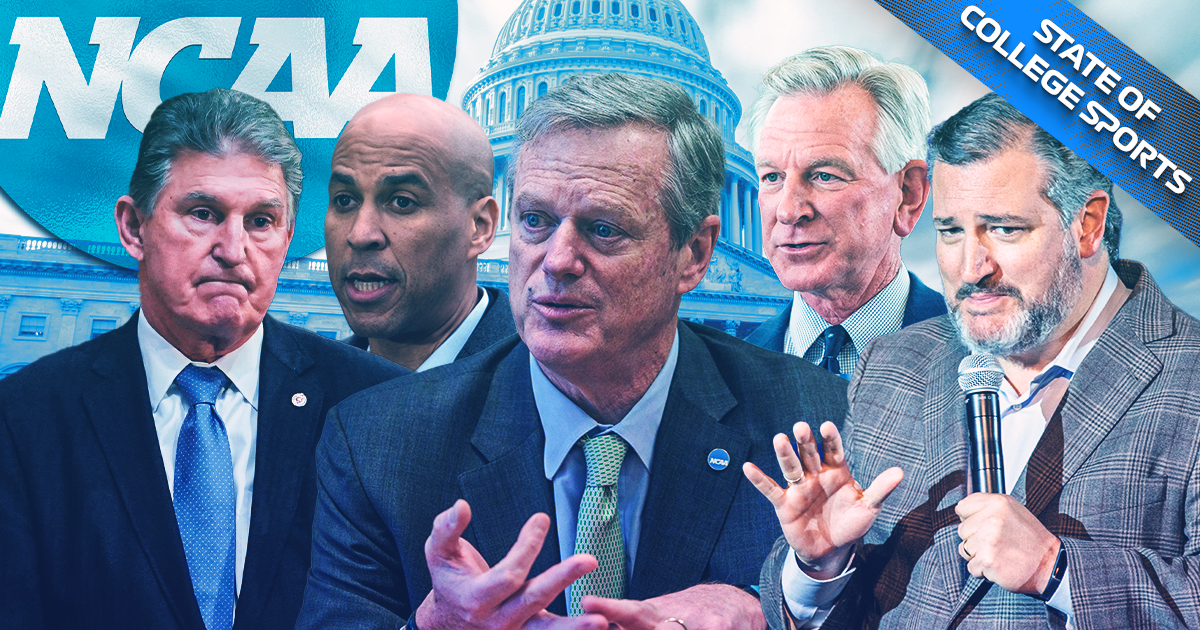
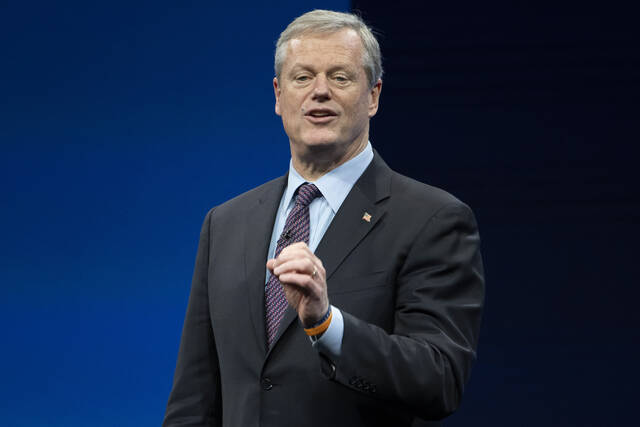
...“Third-party compensation for NIL activities that are not controlled by the institution will exist,” Lawrence said. “It will be very hard to remove that element. I think there may be less pressure on the collectives in terms of how much they’re tasked with sourcing for athletes and their third-party payments. But they do not go away.”
Athletes.org co-founder Jim Cavale, whose organization seeks to give athletes a voice in plotting the future of college sports and an NIL pioneer as developer of the platform INFLCR, said collectives could be folded into the athletic departments not so much for fund-raising but instead to activate and service NIL deals.
NIL activity directly tied to schools could raise issues of liability and almost certainly would bring Title IX implications. Under the current setup, with NIL collectives operating outside the schools they support, the federal civil rights law prohibiting sex-based discrimination by schools receiving federal funds theoretically does not apply.
Thomas Thomas Jr,, co-founder and CEO at NIL software company Basepath, said Baker’s proposal “could be a big win for female athletes.”
Kassandra Ramsey, a Washington-based sports attorney who specializes in NIL issues, said if a school has “significant involvement” with NIL, it would have a responsibility to ensure there are equitable opportunities for men and women. However, she said, that doesn’t mean male and female athletes have to make the same amount of money.
“I think the opportunity to make the money and get the NIL deals is what have to be the same,” she said.
Lawrence said equal NIL pay for men and women, let alone for players on the same team, would be nearly impossible.
“The NIL value of an athlete is so individualized, it’s really hard to understand how a school could pay an athlete their true NIL value while ensuring Title IX compliance,” Lawrence said. “It would be happenstance if you could really have a perfect balance between men’s and women’s sports NIL value.”
...Carter is the named plaintiff in the latest and most dramatic lawsuit against the NCAA, joining with TCU women’s basketball player Sedona Price and Stanford soccer player Nya Harrison to argue that any restriction on player compensation from schools is an antitrust violation. It’s the biggest swipe at the so-called “amateur model” yet, and has the potential to tear down the entire system. “It’s time for the NCAA to recognize that the rules prohibiting athletes from sharing in the massive revenues we help to generate are harming all college athletes,” Carter said in a statement issued by his lawyers. “There are hundreds of people involved in NCAA sports but the only ones who cannot be paid are the athletes; I’m proud to stand up for all college athletes to correct that injustice.”
...Duke would not let the media speak to Carter on Saturday, and whether Carter asked Duke for that protection or merely went along with the university’s wishes, he seemed OK with it. But his time in the spotlight is coming, and it will be extremely bright.
...The lawsuit means … a lot. It’s an existential threat to the quiet inequity underlying the entire NCAA economy: the players can’t and don’t make any money, because they’re just students in an extracurricular activity jazz band or the chess club, but everyone else does – coaches, administrators, contractors, architects, engineers, consultants, vendors – because the river of cash never stops flowing and it has to go somewhere. The Carter suit is only one of several now floating around that attempt to hack and whack at various pillars of college sports, even if it wields the biggest weapon of them all.
There’s House v. NCAA, recently granted class-action status, which asks for billions in name, image and likeness payments that it claims were unlawfully withheld – essentially, NIL back pay for athletes who didn’t benefit – as well as a piece of television deals. There’s State of Ohio et al v. NCAA, which a group of seven attorneys general including North Carolina’s Josh Stein filed last week in an attempt to remove all NCAA transfer restrictions. Stein earlier threatened the NCAA with legal action when it initially refused to grant North Carolina football player Tez Walker and Wake Forest basketball player Efton Reid waivers as second-time transfers before relenting. If the plaintiffs successfully obtain a restraining order in a hearing scheduled for Wednesday, all players awaiting waivers would be immediately eligible.
And there’s Baker vs. NCAA, not actually a lawsuit, but new NCAA president Charlie Baker’s groundbreaking proposal last week to allow some high-revenue schools to start paying some athletes via trust funds. That’s merely fodder for discussion and not a finished product, but it opens doors for debate that had previously been closed, and acknowledges that the foundation of the NCAA’s entire (losing) legal strategy to date is no longer valid. For an organization that too often gets paralyzed by conflicting agendas, Baker’s shot from the top sets a new tone and creates a new imperative.
All of this builds on O’Bannon, which opened the door to the NIL era, and Alston, which had a minor financial impact – allowing narrow “educational” payments to athletes – but set a major precedent when the Supreme Court basically mocked the NCAA’s arguments and, in one particularly scathing concurrence, laid out a road map for future challenges to the NCAA the court would clearly welcome.
This is all the NCAA’s fault, for taking such a hard line in O’Bannon and Alston instead of finding a way to settle. That left its future open to the whims of the courts and state legislatures, the latter basically imposing the new NIL world upon the NCAA, which continues to complain about a mess of its own making while begging Congress for help.
...[NCAA president] Baker’s proposal hinted at a new division for schools willing to pay players, one that may be a bridge too far for private ACC schools like Boston College, Duke and Wake Forest compared to their larger Big Ten and SEC peers. Diaz talked Saturday about “competing at the highest level,” which certainly hinted at making that leap, but Duke president Vincent Price told the News & Observer the Baker proposal was never discussed during the hiring process.
A West Virginia judge has paved the way for college athletes to have more freedom in transferring schools.
Judge John P. Bailey granted a 14-day temporary restraining order during a hearing in West Virginia district court Wednesday, giving college athletes who have transferred more than once immediate eligibility at least for the next two weeks and potentially charting a course for more lawsuits from transfers seeking eligibility.
The NCAA announced in a statement that it will follow the court’s ruling.
“As a result of today’s decision impacting Division I student-athletes, the association will not enforce the year in residency requirement for multiple-time transfers and will begin notifying member schools,” the organization said.
This is not a permanent change to the NCAA transfer policy. The court's ruling is only applicable for this 14-day period. The ruling does not forecast for future seasons. The biggest impact appears to be on active transfers for winter sports (ie: basketball) who can now play over the next two weeks.
A preliminary injunction hearing is set for Dec. 27, when the judge is expected to make a more permanent ruling in the case.
The ruling at least temporarily strikes down the NCAA’s policy around athletes transferring for a second time or more. Under current rules, athletes are allowed to transfer once and play immediately at their new school. However, those transferring again need a waiver from the NCAA to play immediately or must sit out a year in what’s called a “year-in-residence.”
The judge’s ruling stops the NCAA from enforcing the year-in-residence for at least the next two weeks.
The ruling comes from a pair of lawsuits against the NCAA over transfer rules — one from West Virginia basketball player RaeQuan Battle seeking eligibility and the other from seven different state attorney generals who want to see the organization’s transfer policy eliminated. The two cases were consolidated and a hearing was held Wednesday morning in front of Bailey in U.S. District Court for the Northern District of West Virginia...
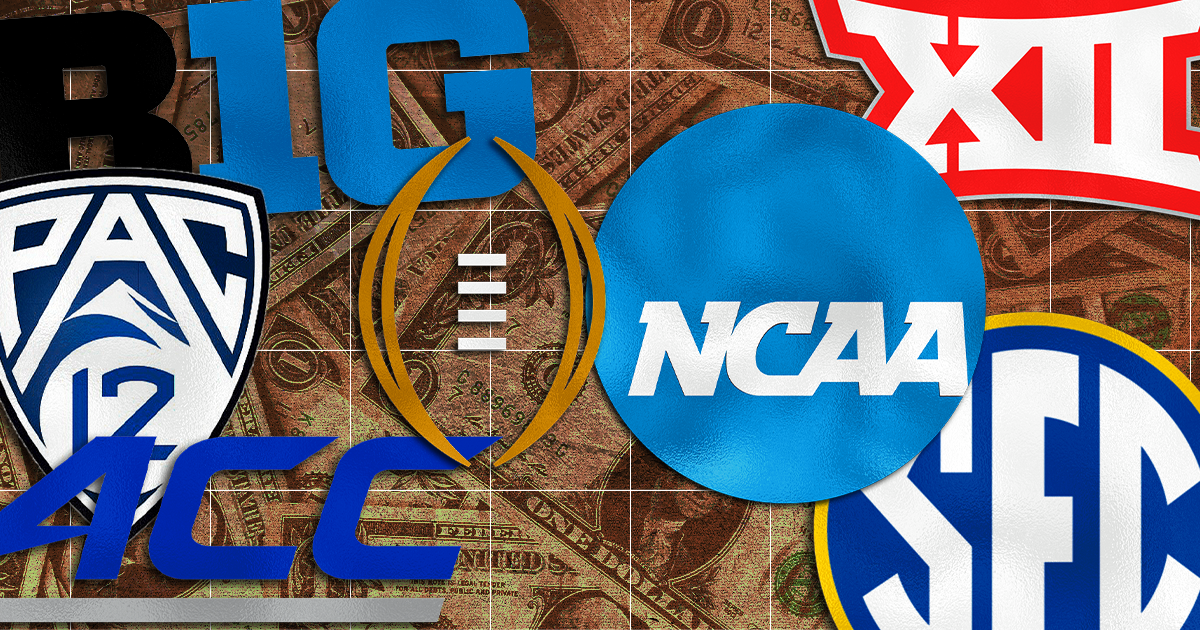
There are no serious issues facing college sports these days, well, except for a potential employee or revenue-sharing model, a potential $4.2 billion damages bill for the NCAA, a reckoning over athlete rights and Title IX, ballooning coaching salaries and severance packages, athlete well-being in the age of cross-country conference travel, a patchwork of state NIL laws, escalating sports wagering issues and the NCAA’s contention that it can’t govern without being sued.
Other than those minor peccadillos, it’s all kumbaya, right?
Given the number of existential issues at play, how there is no certainty that the NCAA’s potentially ground-breaking reform proposal will ever be implemented, and how the enterprise’s upper crust is printing money by the billions – it’s impossible to overstate the level of tumult that exists throughout college athletics. It is an industry on tilt...
Yeah, wasn’t his name Mark Emmert?I miss the guy who kept calling NIL criminal and bribes and shit
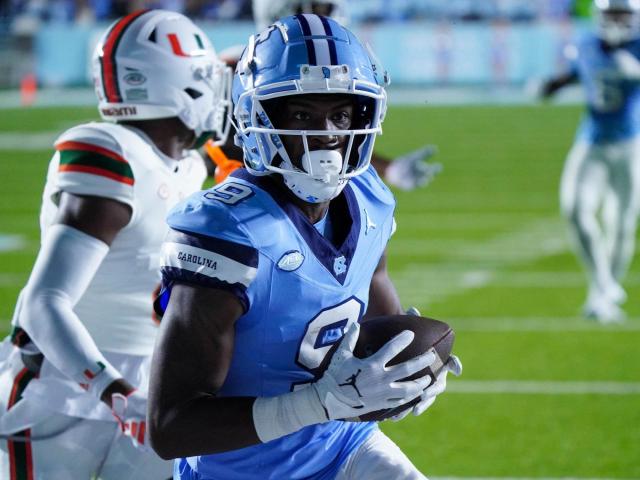
College athletes who were waiting for an NCAA transfer waiver are now eligible to play, a federal judge ruled Wednesday in a case brought by seven state attorneys general, including North Carolina's Josh Stein.
Judge John P. Bailey issued a temporary restraining order in State of Ohio v. National Collegiate Athletic Association. The case, which alleges that the NCAA's rules on multiple transfers by athletes violates U.S. antitrust law, was filed last week in the Northern District of West Virginia.
Bailey ruled that for the next 14 days, the NCAA must refrain from enforcing its transfer eligibility rule that requires players to sit out for a year, the rule that kept UNC wide receiver Tez Walker off the field at the beginning of this football season in a high-profile case.
"As a result of today's decision impacting Division I student-athletes, the Association will not enforce the year in residency requirement for multiple-time transfers and will begin notifying member schools," the NCAA said in a statement.
Saquandra Heath, the NCAA's associate director of external communications, clarified that the non-enforcement is just for the 14-day order. Football players, for whom the portal is open, could transfer in the next 14 days and not be subject to the rule, Heath said in response to a question from WRAL.
The ruling could have an immediate impact on local college sports teams.
NC State basketball player Kam Woods and East Carolina basketball player Cam Hayes are among the athletes waiting for waivers. NC State and ECU declined to comment in the immediate aftermath of the ruling. The Wolfpack's next game is Saturday against Tennessee. ECU plays Florida on Friday.
"I am pleased that the Court has recognized that the NCAA’s transfer rule is unlawful,” Stein said in a statement. “I will keep fighting to protect student athletes to ensure that they are free to make their own decisions about what’s best for their futures, just like coaches, administrators and other students can.”
Representatives of the NCAA didn't immediately respond to a request for comment after the ruling.
The judge also ruled that the NCAA can't punish players that play — or schools that allow them to play — while the temporary restraining order is in effect, even if the case is eventually decided for the NCAA...
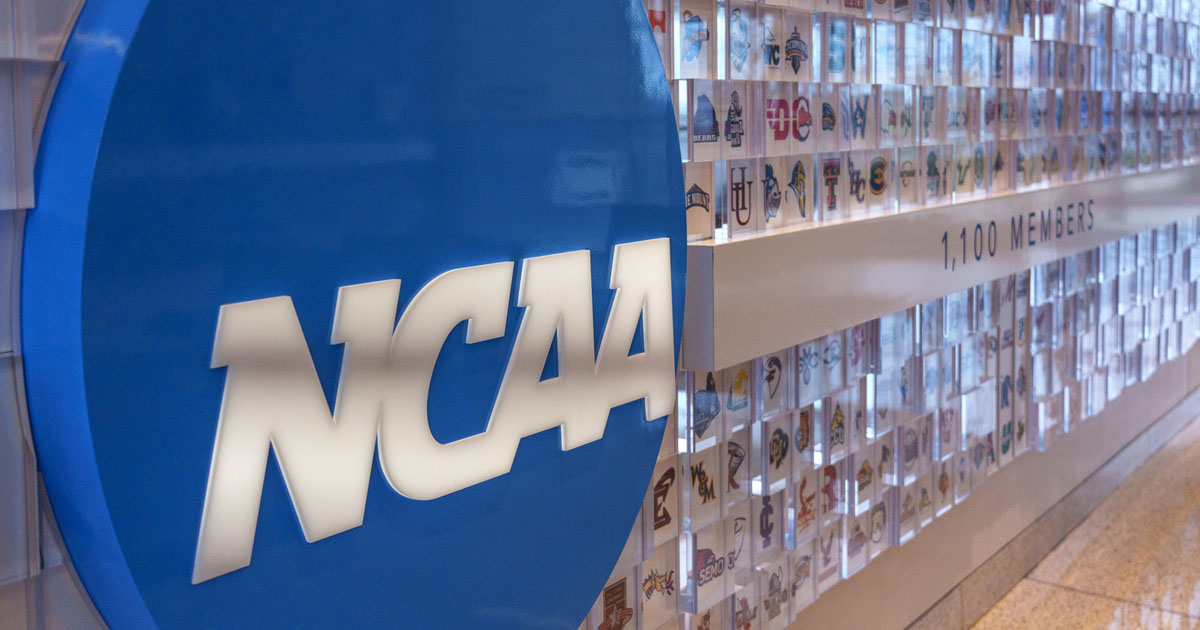
...The significant ruling grants West Virginia men’s basketball player RaeQuan Battle, a two-time transfer whose eligibility was denied, the ability to play immediately. Bailey’s written ruling states that the 14-day TRO prevents the NCAA from enforcing its two-time transfer eligibility rule, which without a waiver requires a transfer to sit out a year, until the Dec. 27 hearing.
...One prominent witness Wednesday was Battle, who grew up on the Tulalip Indian Reservation in Washington. Battle initially played at Washington before transferring first to Montana State and again to West Virginia. He cited mental health issues – saying he lost family members and/or friends to COVID-19 – and a coaching change as reasons for the transfers.
The NCAA has denied Battle’s waiver request to play immediately in Morgantown without sitting out a year. During his testimony Wednesday, Battle painted a picture of how his inability to compete in games has hurt both his current NIL earnings as well as his future earning potential because he cannot currently impress scouts in games in hopes of playing professional basketball.
Battle is expected to be eligible to play now, at least for the next two weeks until the Dec. 27 hearing.
...The initial saga began when Battle’s initial waiver request was denied this spring after the former Montana State star decided he wanted to take his talents to West Virginia.
The NCAA denied Battle’s initial waiver request, and then denied West Virginia’s appeal on his behalf last month after the NCAA announced more stern guidelines for transfers. The aforementioned guidelines included, “proof that a transfer would enhance a player’s mental health if it had been ‘impaired’ at a previous school,” ESPN’s Myron Medcalf reported.
According to the report, Battle told the NCAA the transfer to West Virginia would be beneficial to his mental health, the byproduct of a traumatic stretch in recent years. “Battle, one of the few Indigenous Division I basketball players, has also accused the NCAA of ignoring Native American communities,” Medcalf wrote.
Amid all the drama, Battle filed a federal lawsuit against the NCAA last week, where he asked a judge to issue a temporary restraining order in his effort to gain immediate eligibility to play. Per ESPN, his lawyers have accused the NCAA of weaponizing waiver requests with inconsistent evaluations...
